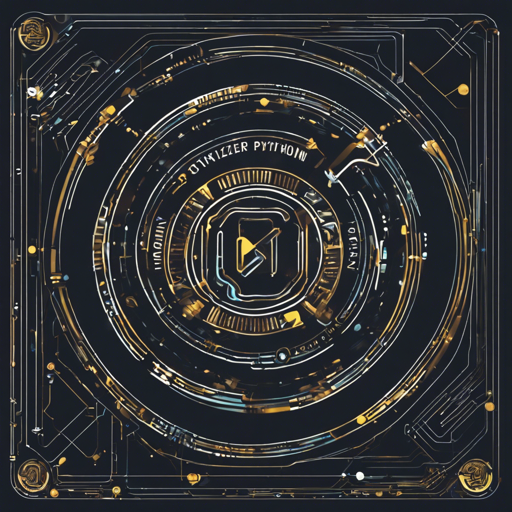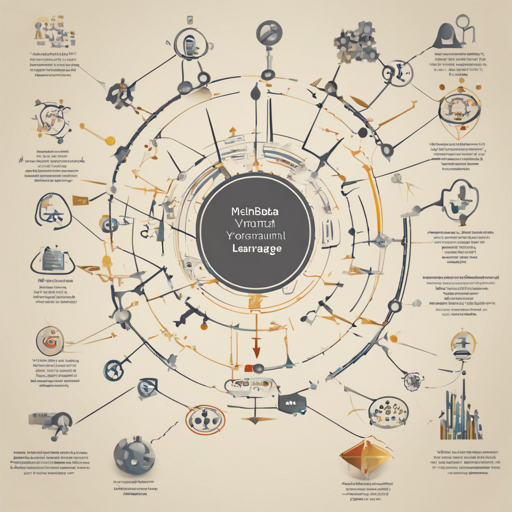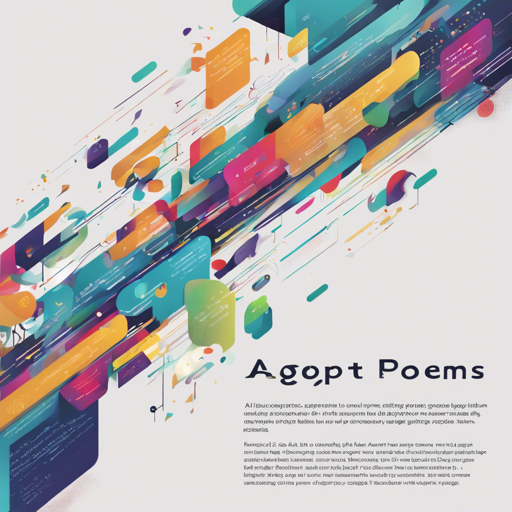In the world of natural language processing (NLP), pre-trained models have revolutionized how we tackle language tasks. This blog will guide you through the usage of pre-trained models specifically designed for Tagalog, based on the research presented by Jiang et al....
How to Fine-Tune BERT-Tiny with M-FAC on QQP Dataset
Fine-tuning a pre-trained transformer model like BERT is crucial for achieving optimal performance on specific tasks. In this article, we will walk through how to fine-tune the BERT-Tiny model using the M-FAC optimizer on the QQP dataset—a popular dataset for...
How to Use Min-Stable-Diffusion Weights
Welcome to your guide on utilizing the min-stable-diffusion weights files! In this article, we will break down the process of understanding and utilizing various weights files for different diffusion models. Let’s dive in! Getting Started with Weight Files Weight...
Getting Started with the bert-base-multilingual-cased-masakhaner Model
The bert-base-multilingual-cased-masakhaner model is a cutting-edge toolkit designed for Named Entity Recognition (NER) in several African languages including Hausa, Igbo, Kinyarwanda, and more. This model is based on a fine-tuned mBERT architecture and it achieves...
Understanding and Using the XLM-RoBERTa-based Named Entity Recognition Model for South African Languages
Diving deep into the realm of Natural Language Processing (NLP), we present the xlm-roberta-base-sadilar-ner model—a groundbreaking Named Entity Recognition (NER) tool designed specifically for 10 South African languages, achieved through a fine-tuned XLM-RoBERTa...
How to Optimize BERT with OpenVINO NNCF
If you’re looking to optimize your BERT-based model for better performance, this guide will help you navigate through the optimization process using the OpenVINO NNCF. This is not just about enhancing your model; it's about making it more efficient, which can be...
How to Create and Save a Custom Tokenizer in Python
Welcome to the exciting world of Natural Language Processing (NLP), where text is transformed into a format that machines can comprehend. In this article, we’ll walk through how to create a custom tokenizer using Python. By the end of this guide, you will have your...
How to Leverage the mbart50-large-yor-eng-mt Model for Yorùbá to English Translation
Language is an intricate tapestry and translating from one to another holds immense potential. With the mbart50-large-yor-eng-mt model, you can effectively translate text from the Yorùbá language to English. This post will guide you on how to utilize this powerful...
How to Generate Acrostic Poems and Phrases with KoGPT-Joong-2
Welcome to your guide on using the powerful KoGPT-Joong-2 for generating acrostic poems and phrases! This tool will open up new creative avenues for your text generation projects. Let’s dive into the steps to get started. Getting Started with KoGPT-Joong-2 Before you...










